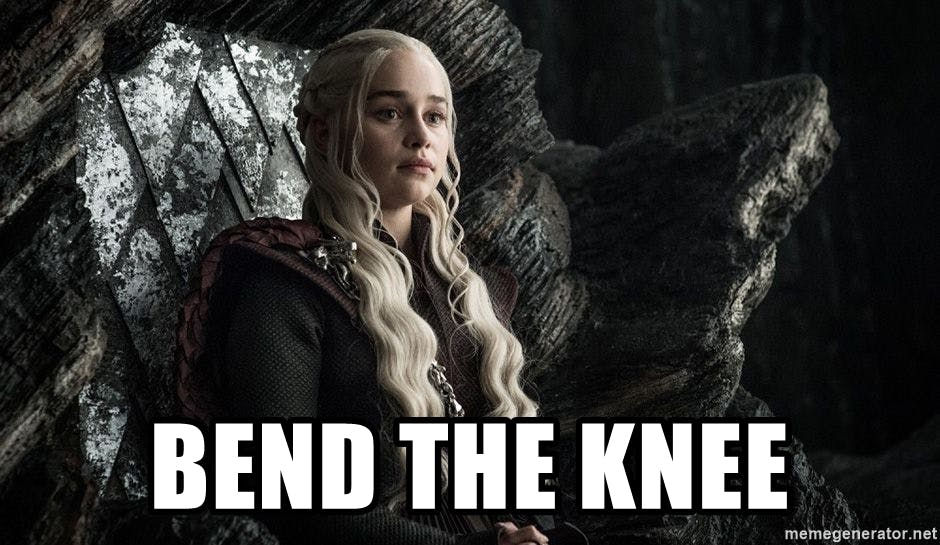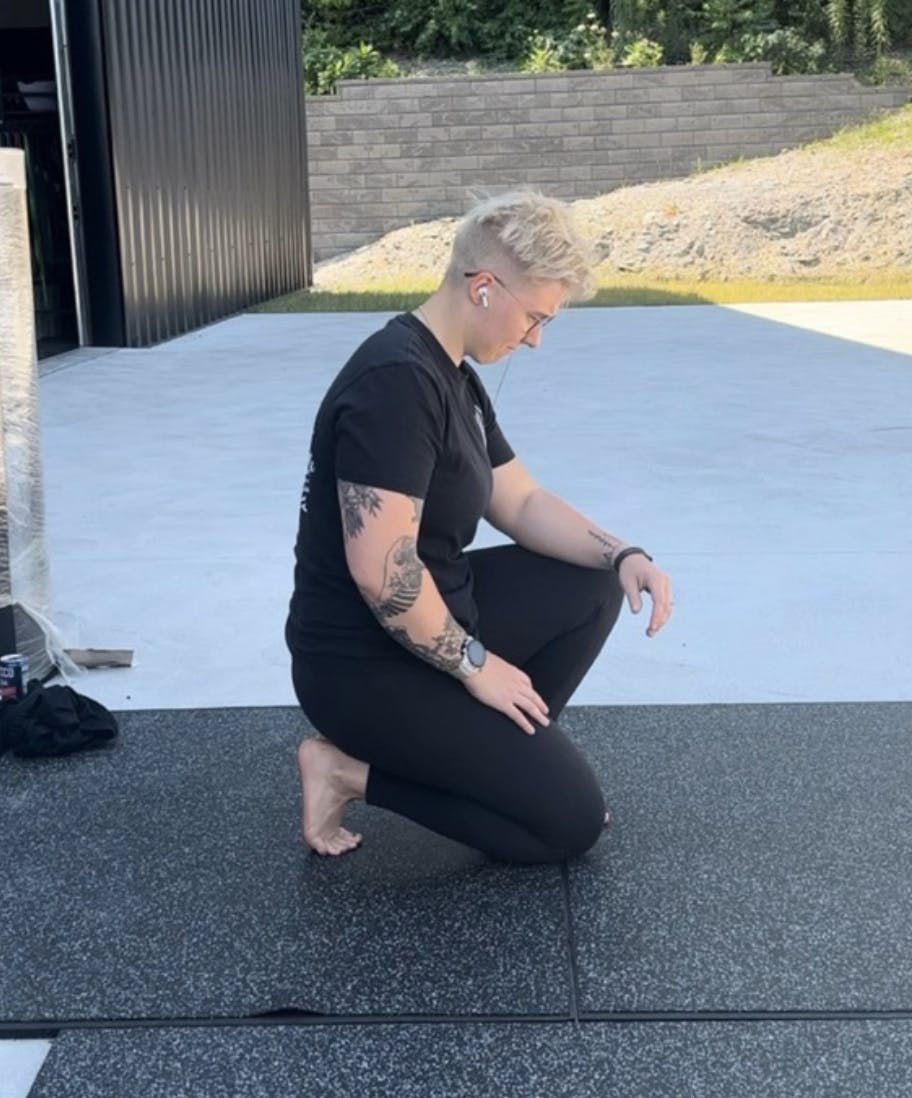Bend The Knee: Breaking Down Tibial Internal Rotation
- Alli Thul

- Aug 17, 2023
- 3 min read
You’re probably looking at this a little hesitant about what’s to come. That’s okay! I was the first time I heard about tibial internal rotation (IR) too. But here’s why it’s something to keep in mind.
First, think about any movements that require you to bend your knee. We’ve got squats, lunges, using the stairs, sitting down into a chair, hiking, using a ladder…. the list goes on. And, if you're a GoT fan, it could've even saved your life...

When you bend your knee, your tibia (think your shin) internally rotates and translates towards and over your toes, ideally. And, the more you flex (bend) your knee, the more tibial IR is necessitated. Oftentimes, how far you bend your knees is dictated by your ankle’s ability to dorsilfex (how close you can get your toes to your shin). And while mobility limitations in the ankle can definitely limit how far you can bend your knee, improved tibial IR can often improve both limited knee flexion AND ankle dorsiflexion.
So, if you have a hard time bending your knees, rightly so, you might start by looking at your ankles. But, you’d do yourself a service to consider addressing some internal rotation, too.
None of this is to say that restoring tibial IR is a solve all for getting more knee flexion, but if you’ve ever found yourself unable to squat deep or if you’ve ever experienced some knee discomfort doing squats or lunges or even going up the stairs, it’s something you might be able to look at to help.
How do I figure out if I actually have an issue with tibial internal rotation?
This is where two primary screens can come in: Tall Sit (top) and Cowboy (bottom)


In the top image, you’ll see me demonstrating the Tall Sit screen. Ideally, you’re able to sit back onto your heels while your feet and knees stay close together. If you can’t sit back or have difficulties keeping your feet together (not perfect, but close) or your knees together, then you might want to look at your tibial IR.
In the bottom image, you’ll see me demonstrating the Cowboy screen. This is a very similar screen to the Tall Sit but adds in some hip flexion (the leg that’s up). The difference here is that we can more easily compare side to side. So if one side is easier to sit back into or has discomfort anywhere, that’s worth noting.
Okay okay okay, so Alli, I think I’m following, but what can we do to restore tibial IR?
Well, tibial internal rotation is biased by the medial hamstrings, or your semimembranosus and semitendinosus. The actual names don’t matter too much for your sake but, because of this bias, if you build your capacity within those, you might be able to see some restored tibial IR.
You may need to take it a step further and address your foot’s ability to move freely (pronation and supination) if you’re having a hard time seeing results, but we’ll save that for another newsletter.
For the sake of this dive into tibial internal rotation, try out these screens, and if you notice any difficulties that correlate with lacking tibial IR, try to complete 3 sets x 10-15 reps of this drill (Double Leg Elevated Bridge) and then retest the screen (hint: if you’re still having a hard time feeling these in your medial hamstrings, try squeezing a foam roller or yoga block between your legs).
If this is wicked hard and/or you notice an improvement, it’s probably a good sign it’s something you need to work on!
Feel free to let me know what you find!



Comentarios